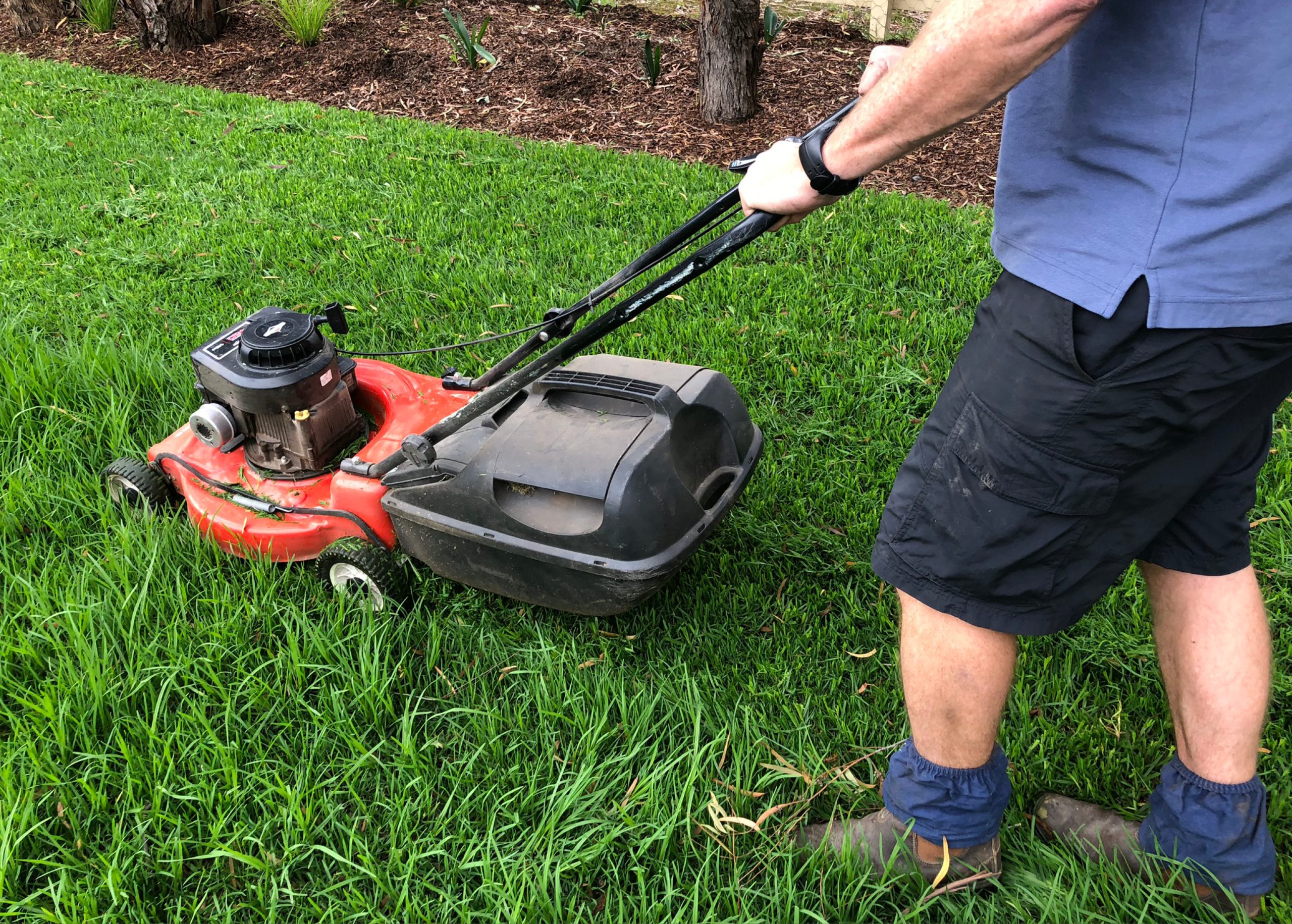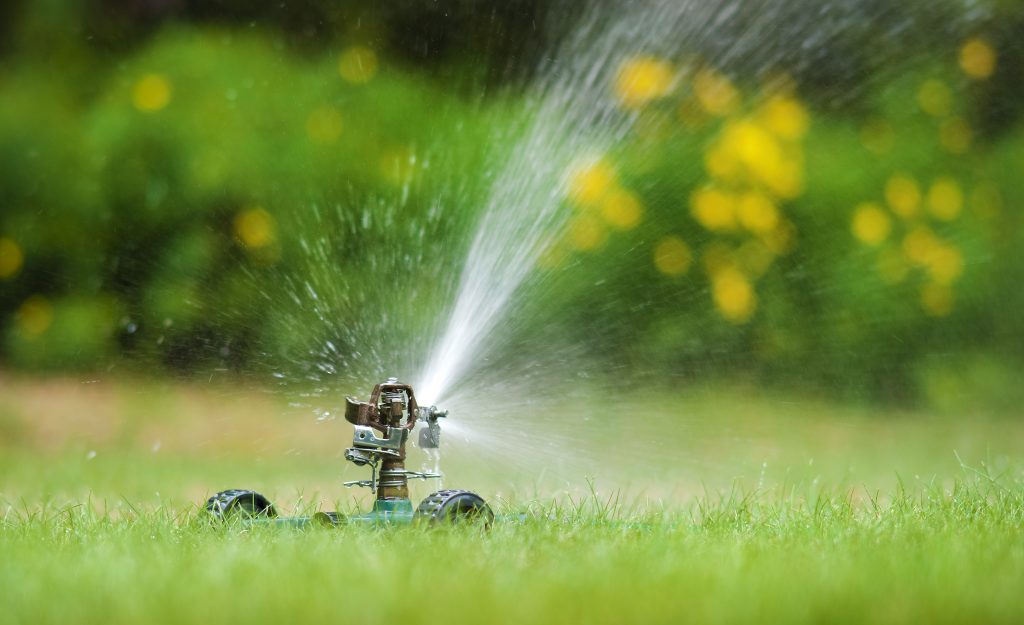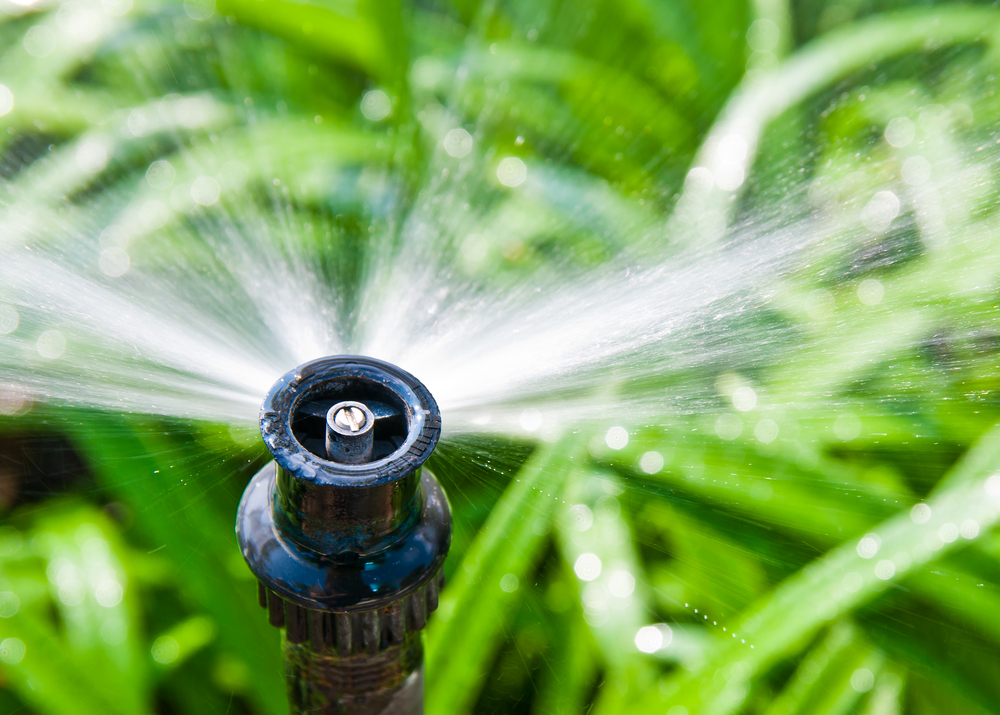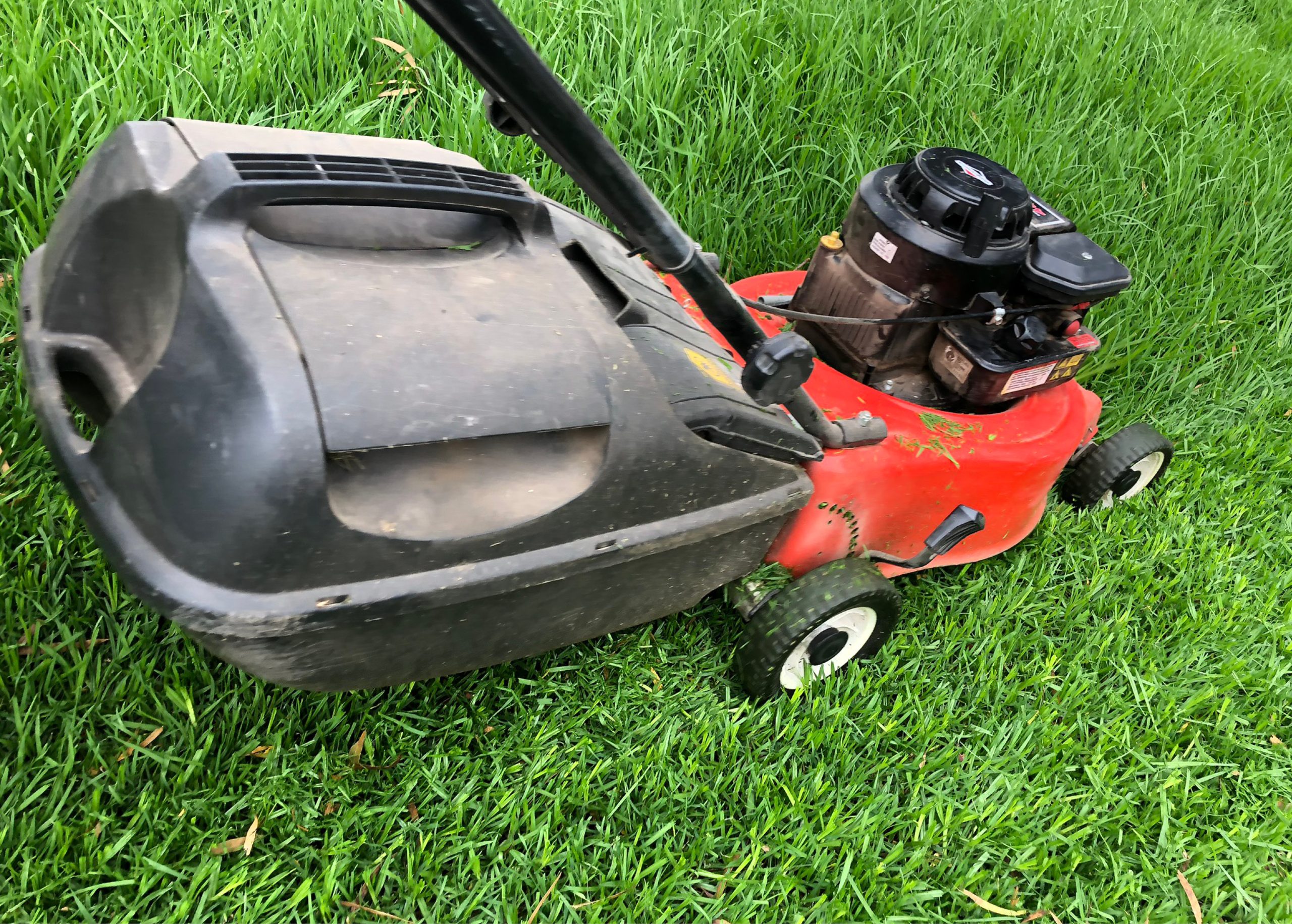Can a Lawn Mower Spread Fungus?
A beautiful green lawn is a natural invitation to relax, play and spend time outdoors. However, ensuring your lawn stays healthy requires effort and a lawn care routine, ...

 Should you water your lawn after mowing? This is a question that has been asked by many homeowners.
Should you water your lawn after mowing? This is a question that has been asked by many homeowners.
Some say irrigating a lawn after you’ve mown it is a good idea, while others believe it is unnecessary if you have a solid watering schedule in place.
In this article, we will explore the topic of watering after mowing and provide some tips and considerations for maintaining a healthy lawn.
 The general rule of thumb is to water your lawn deeply and infrequently. This means you should water only when it needs it, and deeply enough for the water to reach the roots.
The general rule of thumb is to water your lawn deeply and infrequently. This means you should water only when it needs it, and deeply enough for the water to reach the roots.
So, when is the best time to water your lawn after it’s been mowed?
According to lawn care experts, the best time to water your lawn after mowing is in the early morning or late evening. This is because the sun is usually not as strong during these times, giving the water a better chance of reaching the roots before it evaporates.
You should however avoid watering your lawn before mowing, as this can make the soil too soft and cause the mower to sink into it and leave unsightly tracks.
Knowing when your lawn needs watering is crucial for keeping it healthy and looking good.
Here are four signs it’s time to turn on the sprinklers:
 Watering your lawn on a schedule with a sprinkler system or hose with a timer has several benefits. It helps maintain a consistent level of moisture in the soil, which is essential for healthy grass growth.
Watering your lawn on a schedule with a sprinkler system or hose with a timer has several benefits. It helps maintain a consistent level of moisture in the soil, which is essential for healthy grass growth.
A schedule also can prevent overwatering and underwatering, which can both be detrimental to your lawn.
Overwatering can lead to fungal diseases and root rot. Underwatering doesn’t encourage roots to grow strong and deep, leaving the grass at greater risk of stress during hot, dry conditions.
Here is a basic watering schedule you can follow:
For more tips about watering your lawn, read The dos and don’ts of lawn watering or take a look at our Ultimate Turf Maintenance and Lawn Care Guide.
Maintaining your lawn mower is crucial to ensuring that it runs smoothly and doesn’t damage your lawn.
Here are some tips for maintaining your lawn mower:
 Watering your lawn after mowing can be beneficial, but it is not always necessary, especially if you have a solid watering schedule in place.
Watering your lawn after mowing can be beneficial, but it is not always necessary, especially if you have a solid watering schedule in place.
The key to maintaining a beautiful healthy lawn year round is to water your lawn deeply and infrequently, and pay attention to any signs it needs watering.